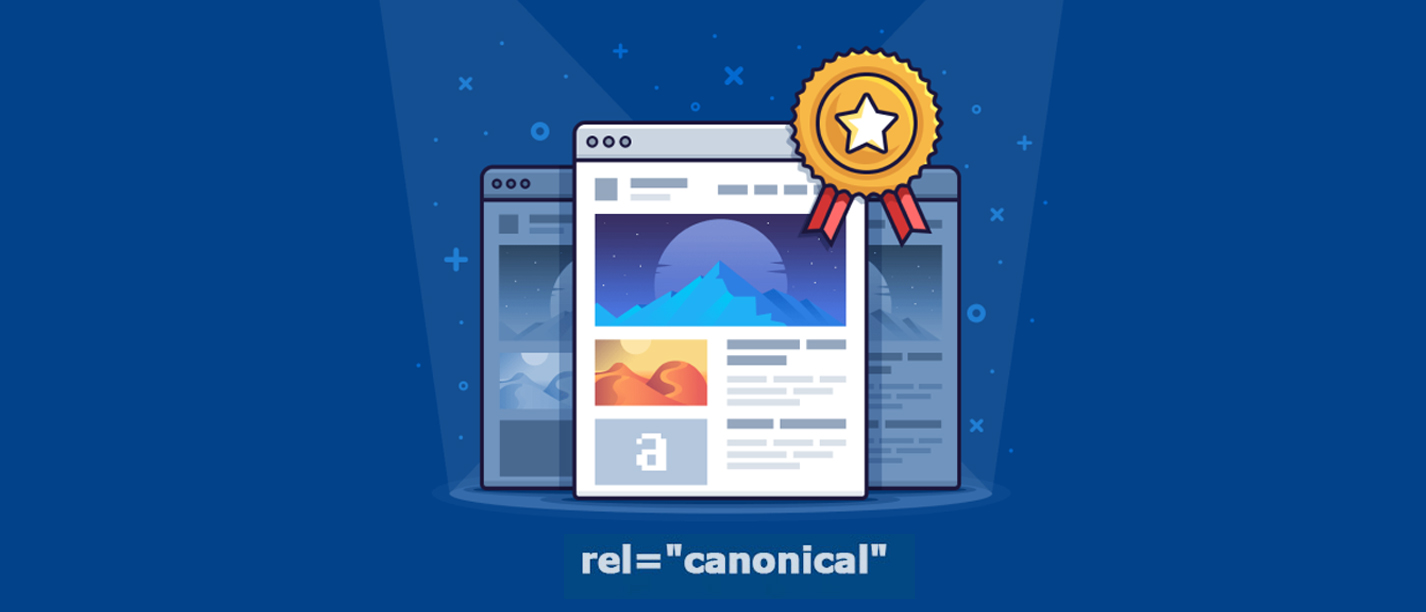Everything You Need to Know About the rel=canonical Tag
Everything you need to know about the Rel=Canonical tag!
In an online store, products are categorized on different pages based on criteria such as alphabetical, cheapest, most expensive, brand name, etc.; the most important category is the best-selling products that appear in the search results.
With this description, we are faced with pages that are very similar to each other in terms of addresses, and usually, search engines may have a little trouble recognizing our desired page and indexing other addresses as the main page. What solution comes to your mind?
The best way is to use the Rel=Canonical to show the priority of one of the addresses so that other addresses are excluded from the search results, and only the page with the best-selling category is indexed in the results list. In the following, we will try to explain the canonical tag method better for you.
What is a canonical tag?
The canonical tag (rel=”canonical”) is a piece of HTML code that tells Google which page is the original version among duplicate pages when placed on a page.
The canonical tag helps Google identify the best content among similar content. To put it simply, when the canonical tag (the same famous code Rel=Canonical) is placed on a page, Google gives more importance to the address where this tag is entered and, of course, indexes that page in the search results.
Why is it essential to use the canonical tag?
You might ask yourself why a web admin should produce duplicate pages on their website. As a result, imagine that duplicate and copied content does not seem to be a very problematic issue and can be avoided with a bit of care in content creation. In fact, duplicate content is one of the problems that most website managers struggle with.
Our misconception of duplicate content stems from our view of website pages as a visual concept. Meanwhile, search engines recognize pages not by concepts but by a distinct URL. For example, imagine that search engines can access your website’s home page with this number of URLs:
- http://www.example.com
- https://www.example.com
- http://example.com
- http://example.com/index.php
- http://example.com/index.php?refer=twitter
To you as a human, all of these URLs represent the same conceptual page, but to search engine crawlers, each URL is a unique page from the others. As a result, in this simple example, we have five duplicate pages from the main website page, but in reality, this is only part of the problems you may encounter.
How to use the Canonical tag
The canonical tag must be placed in the Head of the page,, and Google ignores the titles in the body of the codes. This issue is also a little related to security issues because some websites have provided users with the possibility to edit the code in the body of the site.
As a result, if the canonical tag also works in the body of the site, some people can easily hit the website by inserting it. In general, in order to centralize pages, the following code can be used:
</ "link rel="canonical" href="http://example.com/">
Important points when using the canonical tag
When using the Canonical tag, it is better to pay attention to the following points:
A canonical tag can be self-referential
In fact, it’s not bad to use the Canonical tag on the page you prefer. In other words, if addresses X, Y, and Z have duplicate content and address X is also known as the main page, it is good to use the canonical tag on this page as well, in which the address of page X (the address of the page itself) is entered.
Use the Canonical tag on the homepage of the website
Since duplicate content on the home page is one of the common problems of websites, and Internet users may be directed to your website’s home page with different addresses, it is better to use this tag to prevent duplicate content and unforeseen problems, such as reducing page rank. use.
Avoid sending mixed and ambiguous signals
Search engines may not consider Canonical tags containing ambiguous signals. In simpler terms, using this tag on page A to point to page B means (A —> B), while on page B, you have also pointed to page A with this tag (B —> A). Avoid
Use the canonical tag for pages with relatively similar content as well
Many of you probably limit the use of the Canonical tag to pages with exactly the same content, but it is better to use this tag for pages with relatively similar content, such as product category pages of online stores. Although these pages are very similar in the type of products, their descriptions and location are slightly different from each other. Remember that non-canonical versions may not be indexed in search results, and conversely, search engines will likely not consider the canonical tag if the pages are too different from each other.
You can also link to external pages using the Canonical tag
It is possible that you manage several websites at the same time and publish content in duplicate form (or with little change in them). In these cases, you can use the canonical tag to control all the websites and focus the ranking power on only one of the sites. However, remember that focalization prevents non-focal websites from ranking. Therefore, before using this tag, first make sure that it is useful for your business.
Canonical tag and social networks!
Facebook and Twitter are well-suited to the canonical tag. If you share a URL that canonically points to another URL on Facebook, Facebook will share details and information from the canonical URL. Twitter also treats the canonical tag in the same way.
Which canonical tag or 301 redirect is more suitable?
Given that the Canonical tag can also be used to point to external URLs, this tag seems to have the same functionality as a 301 redirect. Simply put, when you’ve decided to change your website’s domain, but the website’s server doesn’t allow you to redirect, you can indicate the domain transfer to search engine crawlers by placing the canonical tag on your pages.
However, an important question is always raised in this regard. Can a canonical tag transfer page rank and power like a 301 redirect?
Keep in mind that these two solutions will show completely different results to search engine crawlers and users. In fact, when you 301 redirect page A to page B, in addition to search engines, web users are automatically redirected to page B and never view page A.

Conclusion: Rel=Canonical is a powerful tool!
Rel=Canonical is a powerful tool for optimizing your website’s SEO, but like any other powerful tool, you must use it wisely. Otherwise, this tool could cost you your life.
Using the canonical tag is not difficult, and anyone can do it easily. Of course, applying this trick in large websites is very important and can have a profound effect on website SEO.
I hope this article has explained the working method of the Rel=Canonical tag and its advantages and disadvantages well. If you have a question in this field, you can share it with us through the comments so that I or my colleagues can answer it.
FAQ
What is a rel=canonical tag?
It’s an HTML element (placed in the ) that tells search engines which URL is the preferred “canonical” version when multiple pages have the same or very similar content.
Why is using a canonical tag important for SEO?
It helps consolidate link equity, avoid duplicate content issues, and improve search engine crawl efficiency.
What are best practices for using the canonical tag?
Use absolute URLs in the href attribute. Place the tag only once per page inside the . Use a self-referencing canonical tag on the main version to reinforce it.
